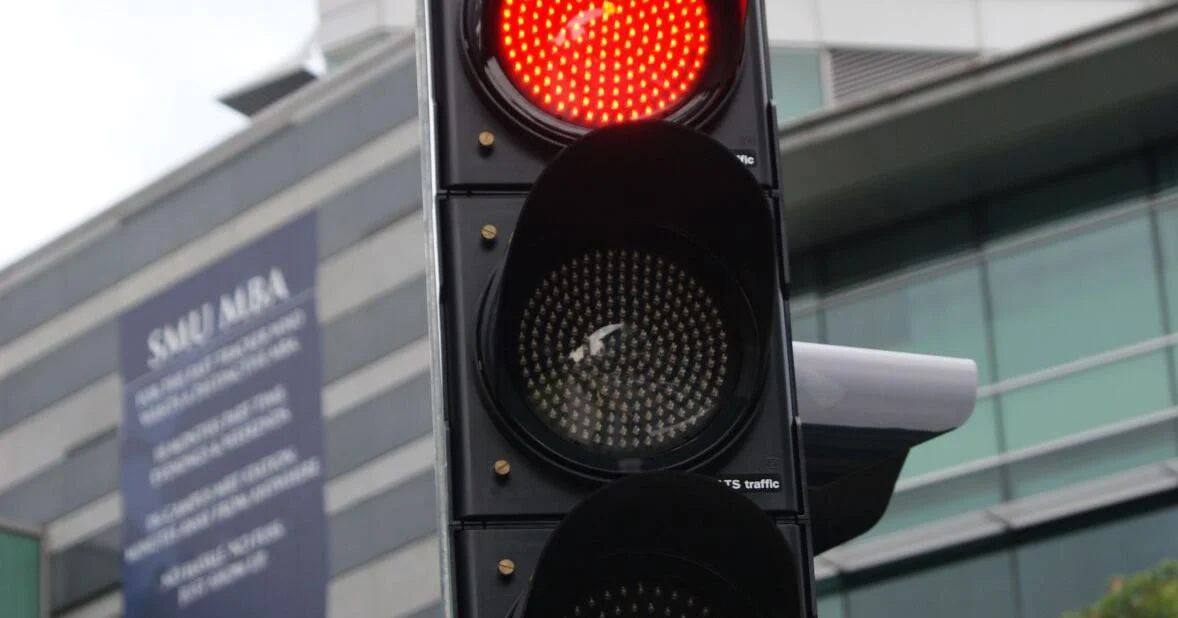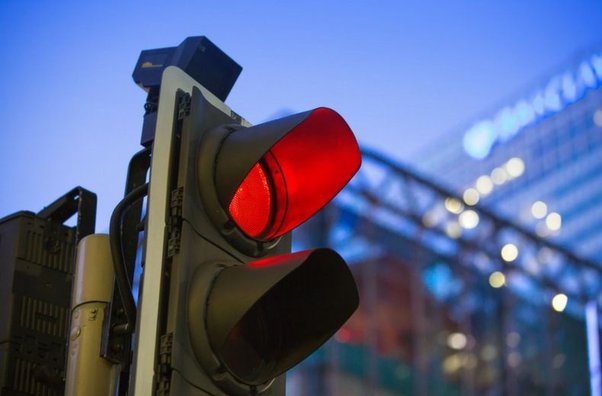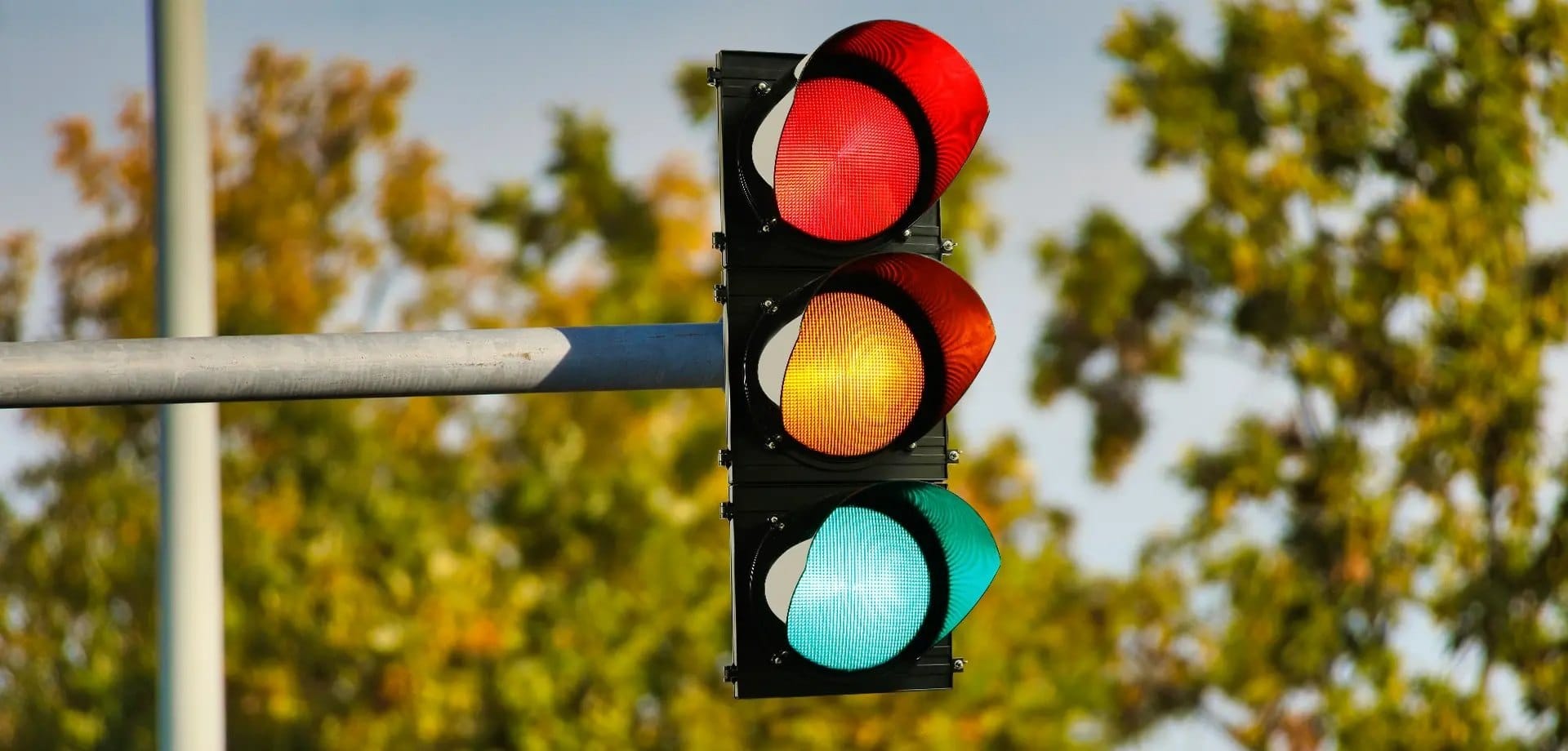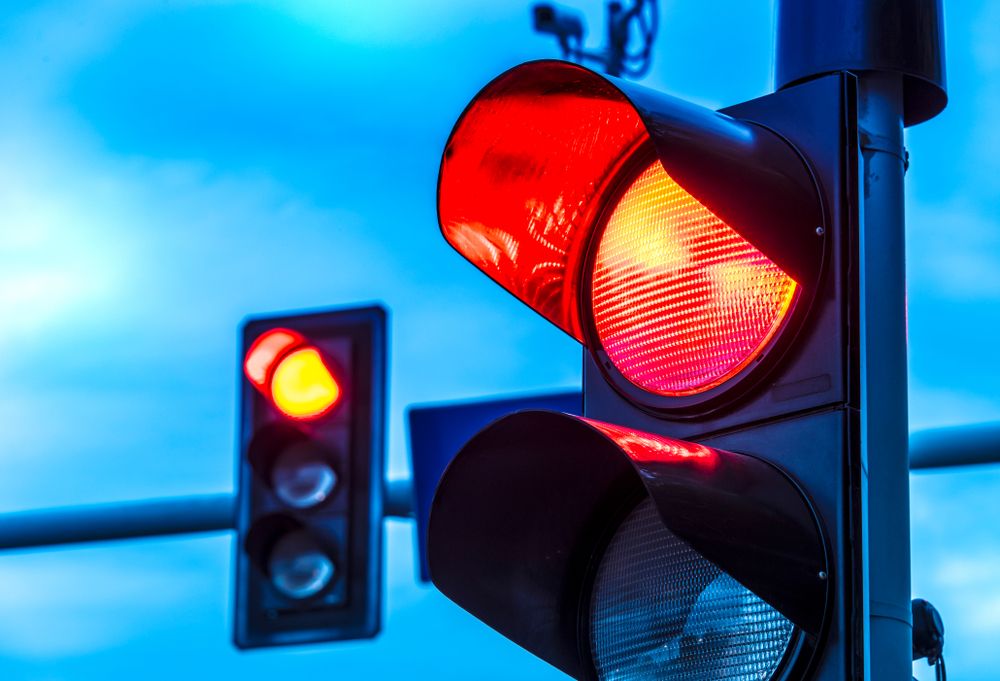Drivers in Virginia, are you aware of the right-turn on red rule? Knowing this rule can make your drive through the busy streets of Virginia Beach, Norfolk, or Richmond go more smoothly and safely. This blog post explores the nuances of Virginia’s right-turn on-red law, offering drivers a thorough manual for 2024.
What is the Right Turn on Red Rule?
When there is a constant red circular signal, cars are permitted to enter the junction cautiously and turn right after fully stopping under the right turn on red regulation. There are several restrictions attached to this rule, though.
Key Points of Virginia s Right Turn on Red Rule
Why Does Virginia Have a Right Turn on Red Rule?
The goal of the right turn on red law is to enhance traffic flow, especially when there is little traffic. This regulation has the ability to lessen traffic and wait times at junctions by permitting right turns following a complete stop and giving the right of way.
Benefits of Right Turn on Red
Potential Drawbacks of Right Turn on Red
Important Safety Tips for Right Turns on Red in Virginia
Exceptions to the Right Turn on Red Rule in Virginia
Right Turn on Red Statistics
The effects of right turns on red lights on safety have been the subject of conflicting research. Some research points to a possible rise in right-angle crashes, whereas other research shows little change in the overall crash rate.
Comparison of Right Turn on Red Rules Across the U.S.
Not all states in the US follow the right turn on red law. While some states have specific rules in place, others have outright banned it. It is imperative that drivers understand the regulations of the state in which they are operating a vehicle.
The Future of Right Turn on Red in Virginia
Virginia’s right-turn on-red law may be reevaluated as technology and traffic patterns change. Possible modifications might entail putting in place more sophisticated red light signals or researching the rule’s safety consequences in more detail.
Conclusion
It is essential to comprehend Virginia’s right-turn-on-red law in order to drive safely and effectively. By paying attention to the main ideas,
As previously said, Virginian drivers are able to confidently negotiate junctions and facilitate better traffic flow. On the other hand, it’s imperative to put safety first by stopping completely, giving room, and using caution when turning right on red.
Extra Resources for Drivers in Virginia
Last Words
As responsible drivers, we are all accountable for fostering a driving environment in Virginia that is both efficient and safe. We can guarantee that everyone has a smoother and more pleasurable driving experience by being aware of the right turn on red regulation and placing safety paramount.
Above and Beyond: Commonly Asked Questions (FAQs)
Virginia drivers can help ensure a safer and more effective flow of traffic by appropriately adhering to the right-turn on-red regulation.





























